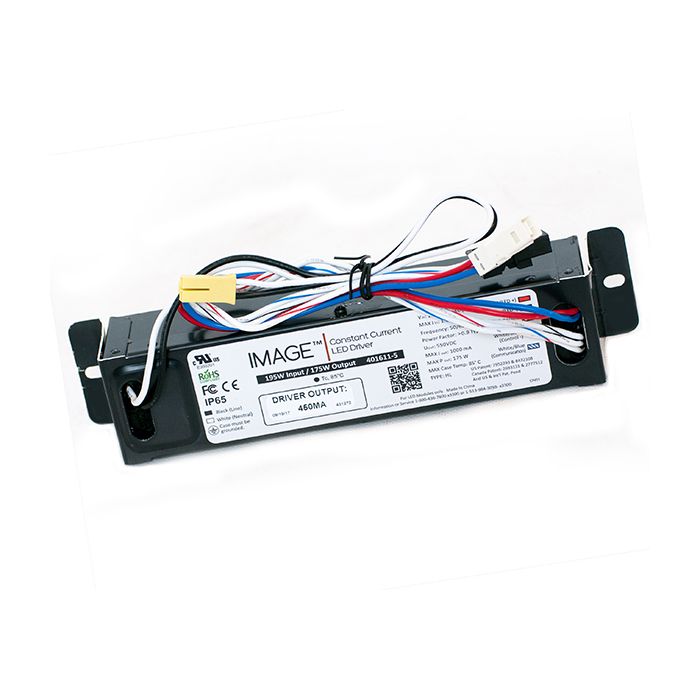Device drivers improve sound, graphics, networking, and storage performance. If you perform a custom VMware Tools installation or reinstallation, you can choose which drivers to install.
The set of drivers that are installed when you install VMware Tools depends on the guest operating system and the VMware product. For detailed information about the features or functionality that these drivers enable, including configuration requirements, best practices, and performance, see the documentation for your VMware product. The following device drivers can be included with VMware Tools.

LED Driver 300 Watts (100W X3) 25A Waterproof IP67 Power Transformer Adapter 90-265V AC to 12V DC Low Voltage Output, With 3-pin plug 3.3 ft LED Cable for LED Lighting Outdoor Light and Any 12V DC LED. To find the latest driver for your computer we recommend running our Free Driver Scan. LSI Adapter, SAS 3000 series, 8-port with 1068 - Driver Download. Vendor: LSI. This update includes a new device driver for the LSI Integrated 1068e SAS controller supporting Microsoft Windows Small Business Server 2011 and Windows Server 2008 R2 (64-bit).
On Windows guest operating systems whose operating system is Windows Vista or later, the VMware SVGA 3D (Microsoft - WDDM) driver is installed. This driver provides the same base functionality as the SVGA driver, and it adds Windows Aero support.
 When you create a virtual machine, if you specify that you want the virtual machine to use a BusLogic adapter, the guest operating system uses the SCSI driver that VMware Tools provides. A VMware Paravirtual SCSI driver is included for use with Paravirtual SCSI devices. This driver for VMware Paravirtual SCSI adapters enhances the performance of some virtualized applications. Drivers for other storage adapters are either bundled with the operating system, or they are available from third-party vendors.
When you create a virtual machine, if you specify that you want the virtual machine to use a BusLogic adapter, the guest operating system uses the SCSI driver that VMware Tools provides. A VMware Paravirtual SCSI driver is included for use with Paravirtual SCSI devices. This driver for VMware Paravirtual SCSI adapters enhances the performance of some virtualized applications. Drivers for other storage adapters are either bundled with the operating system, or they are available from third-party vendors. For example, Windows Server 2008 defaults to LSI Logic SAS, which provides the best performance for that operating system. Maya driver download. In this case, the LSI Logic SAS driver provided by the operating system is used.
VMware supplies a special SCSI driver for virtual machines that are configured to use the BusLogic virtual SCSI adapter. Virtual machines do not need this driver if they do not need to access any SCSI devices or if they are configured to use the LSI Logic virtual SCSI adapter.
The driver is included as part of the VMware Tools package or comes bundled with VMware ESX/ ESXi. It is available on the host as a floppy image at /vmimages/floppies/vmscsi.flp. The driver can be used in Windows XP, Windows Server 2003, or Windows 2000.

When you install VMware Tools, a VMXNET NIC driver replaces the default vlance driver.
- File Introspection Driver: The File Introspection driver uses the hypervisor to perform antivirus scans without a bulky agent. This strategy avoids resource bottlenecks and optimizes memory use.
- Network Introspection Driver: The Network Introspection driver supports NSX for vSphere Activity Monitoring.

Lsi Driver Led
 The drivers for Linux are automatically installed during your operating system installation, eliminating the need to separately install drivers after OS installation. VMware actively maintains the source code for VMware Paravirtual drivers, VMXNET, VMXNET3 and kernel modules, and any Linux distributions creating new OS releases automatically include the latest VMware drivers.
The drivers for Linux are automatically installed during your operating system installation, eliminating the need to separately install drivers after OS installation. VMware actively maintains the source code for VMware Paravirtual drivers, VMXNET, VMXNET3 and kernel modules, and any Linux distributions creating new OS releases automatically include the latest VMware drivers. Do not delete or replace existing inbox drivers for Linux that are distributed by your OS vendors. Deleting or replacing these drivers might cause conflict with future updates to the drivers. Contact your OS vendor or OS community for availability of specific updates to drivers.
See http://kb.vmware.com/kb/2073804 for information about availability, maintenance, and support policy for inbox drivers for Linux.
Lsi Driver Download
If you use Workstation or Fusion, you can install the Shared Folders component. With Shared Folders, you can easily share files among virtual machines and the host computer. The VMHGFS driver is a file system redirector that allows file system redirection from the guest operating system to the host file system. This driver is the client component of the Shared Folders feature and provides an easy to use alternative to NFS and CIFS file sharing that does not rely on the network. For Linux distributions with kernel version 3.10 and later, a new FUSE based Shared Folders client is used as a replacement for the kernel mode client. Medusa research usb devices driver download for windows.
Driver Lsi Megaraid
VMware Tools installation include the VMware AppDefense, a security management and monitoring solution. AppDefense agent can be installed on the guest virtual machine using the VMware Tools installer. However, VMware Tools cannot install the AppDefense component automatically. You need to install the component manually.
